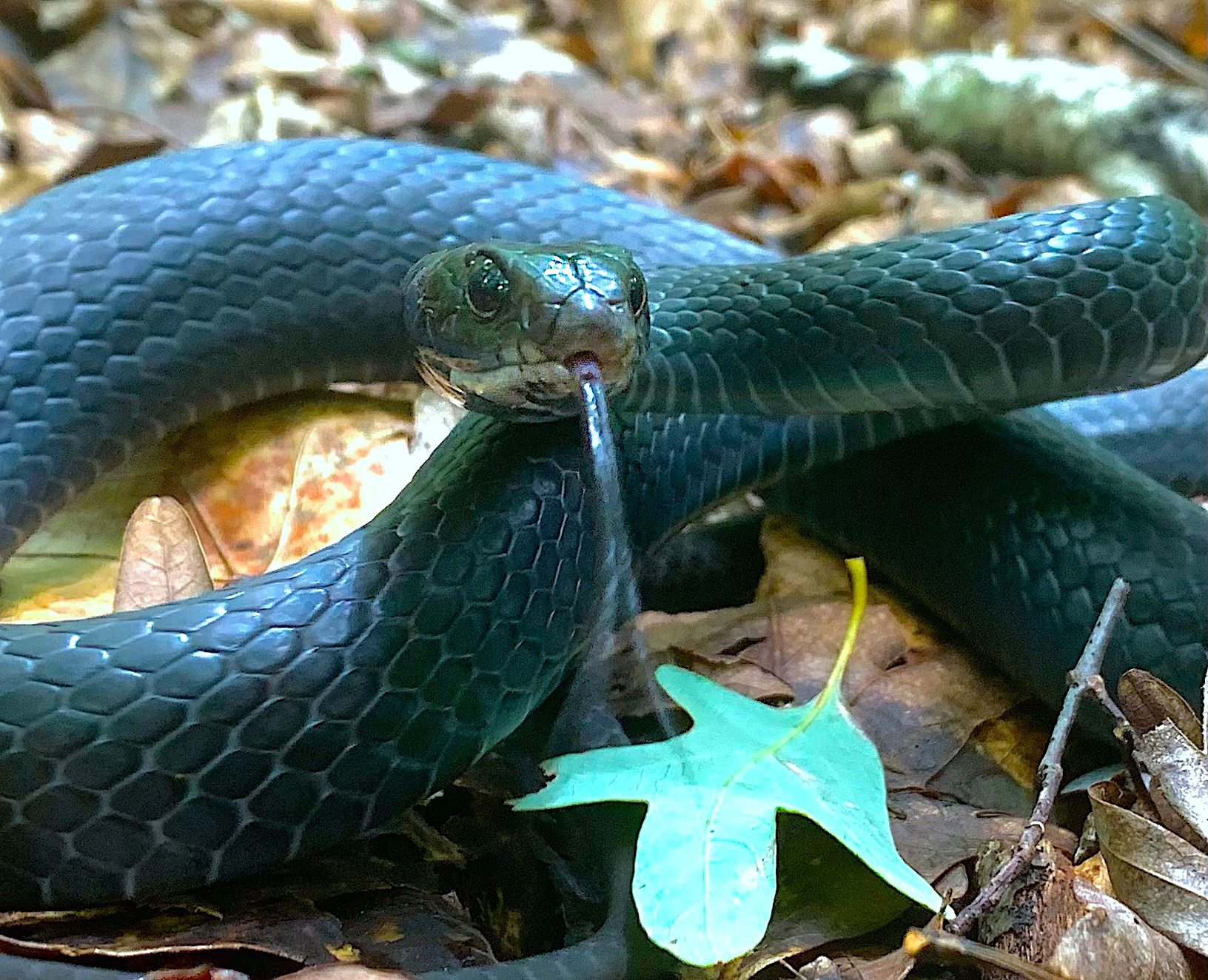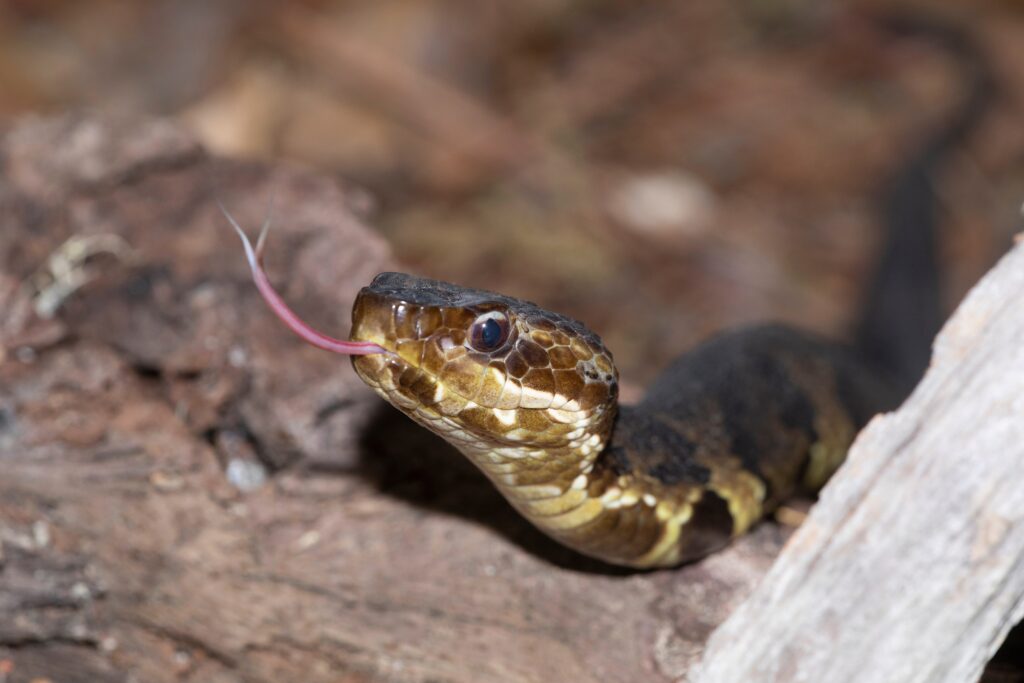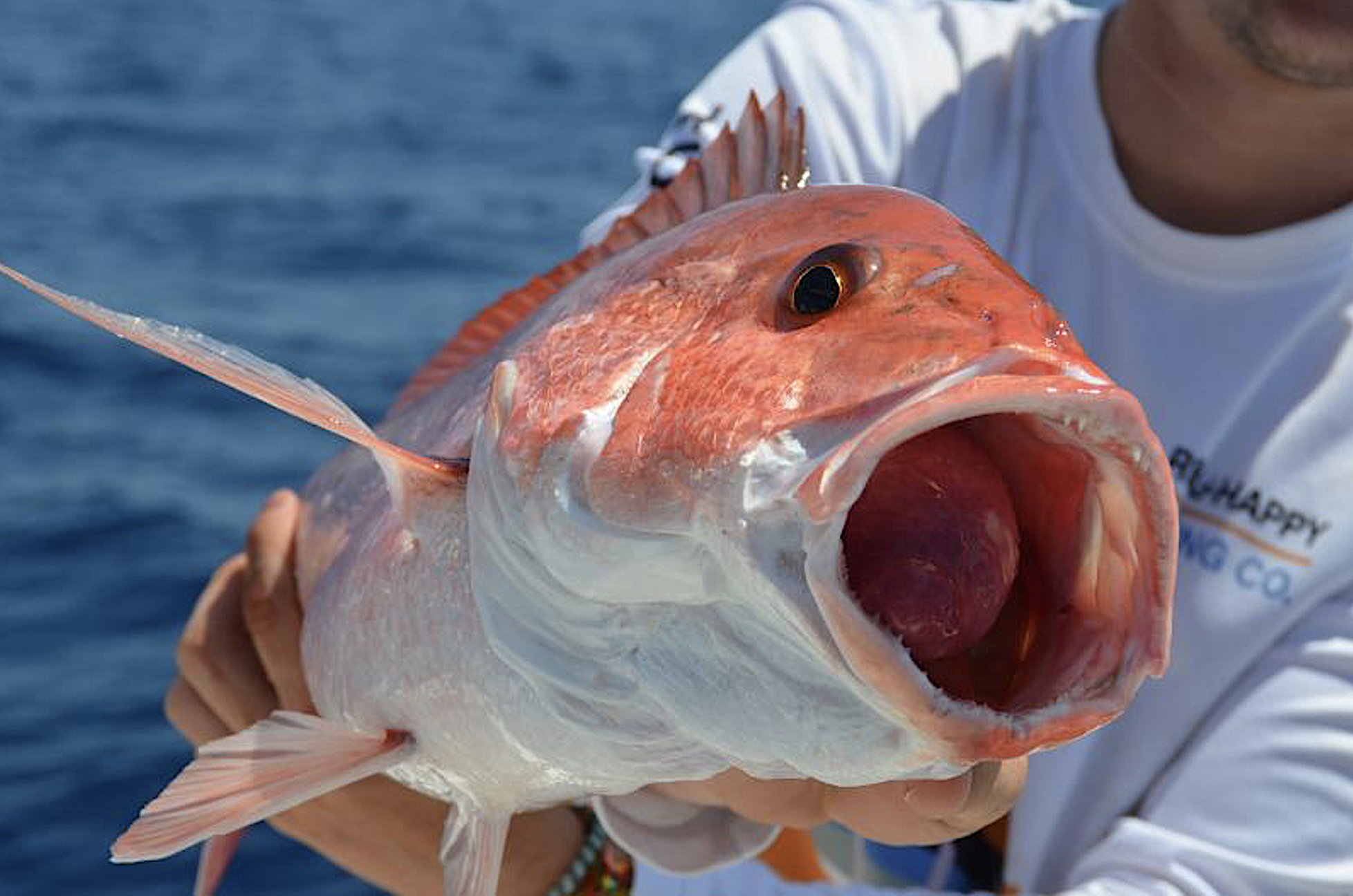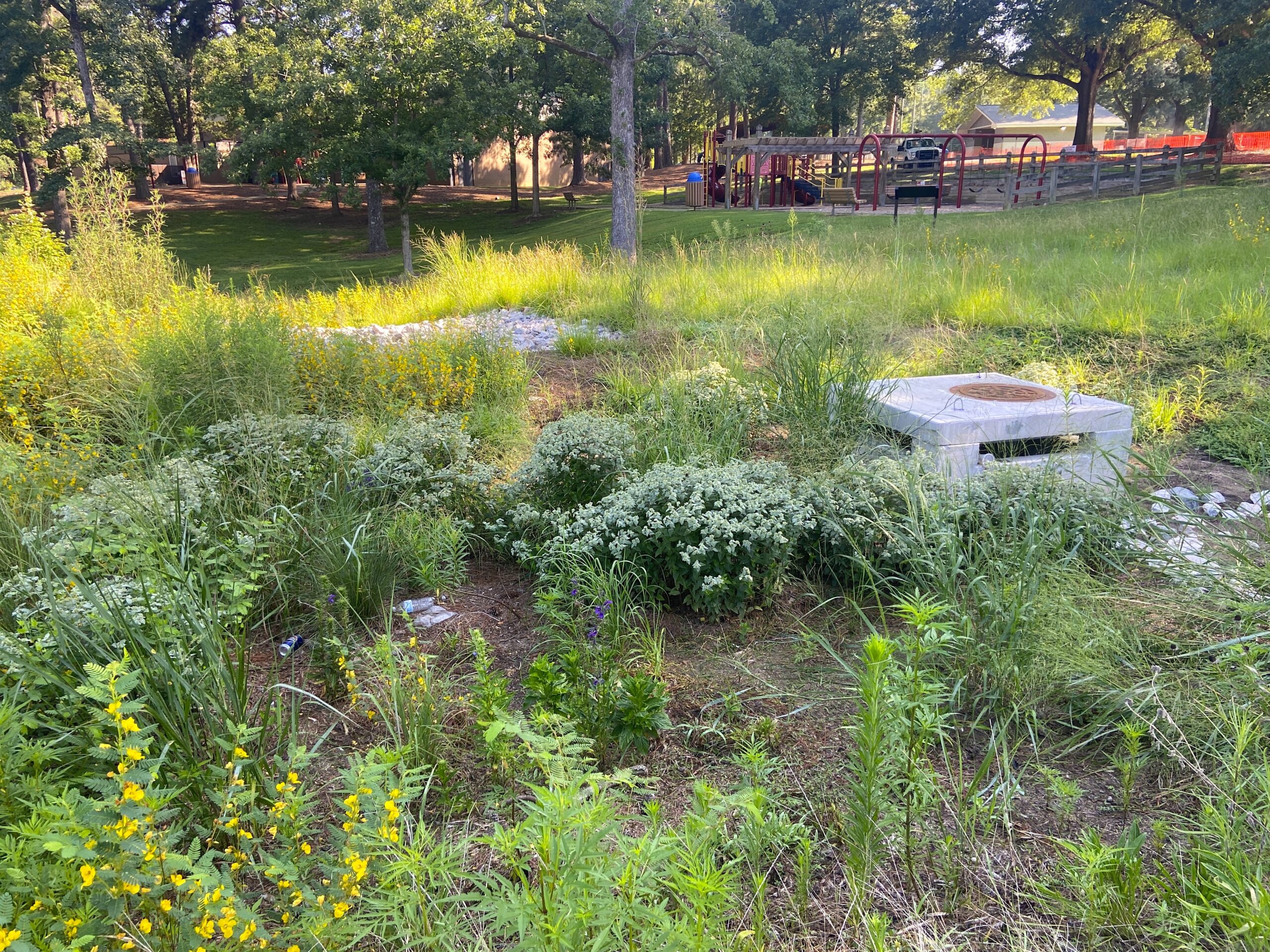Snake-Hunting One Summer

“His purpose was not simply to catch snakes — he was trying to extend the range of some snake or another to the west of its known range in that part of the world, and to do so for The North Carolina Museum of Natural History.”
When I came back South from New York City for the summer of 1971, staying in an old house full of musicians on Farrington Mill Road just below Chapel Hill, one of the other tenants was a lanky, guitar-playing flat-picker named Larry Dunnegan. He was also a surfer who spent considerable time re-glassing his surfboard, set on a pair of sawhorses in the front yard. And he was a sophisticated amateur herpetologist who often talked snakes when not picking “Blackberry Blossom” or sanding the board.
One July day Larry told me he was going snake-hunting in northeastern North Carolina the next day. As I was familiar with much of the territory he was aiming at, I lit up and sounded a blanket approval of his pursuit, and he invited me to go with him. We would leave that night about 9 p.m. after he got off work, drive to somewhere, sleep in the truck and then start hunting at dawn.
Never having been a snake-hunter, I immediately said yes. He said we would go all day tomorrow and return once we were done.
*
Next morning at first light we woke up slowly, cramped and sore from sleeping upright in Larry’s faded-red early 1950s Ford pick-up truck, parked at a sand mine at Potecasi, west of the Chowan River. The eerily isolated place with its huge sand piles hard by a swamp felt like somewhere that might have shown up as a set in a Twilight Zone show. We got out and stretched and Larry climbed up in the truck bed, pulled out some gear that his spare tire had held down: a number of empty jute feed bags and a couple of narrow-headed weeding hoes, “to pin the snakes down by their necks, so we can grab ’em and put ’em in the bags,” he said.
His purpose was not simply to catch snakes — he was trying to extend the range of some snake or another to the west of its known range in that part of the world, and to do so for the North Carolina Museum of Natural History, where he had a longstanding relationship with the director. So, I learned there in the swamp-surrounded sand mine that we were actually on a mission, ennobled by being in service of the State of North Carolina.
So off we went. Anywhere Larry spotted a piece of tin, usually near an old shed or tobacco barn with its roof coming apart, he pulled the red Ford off on the road shoulder, whereupon we would hop out to Larry’s battle-cry of “Let’s turn some tin!”
Snakes, being cold-blooded, loved nestling up under tin for the night and then being warmed by morning sun on that tin, and, so primed, would come sliding on out to go to work for the day.

We turned tin near Garysburg and Gumberry. We turned tin near Rich Square and Aulander, near Potecasi and little Milwaukee, up near Murfreesboro, across the Chowan River at Winton and on into the Sand Banks there, then on down toward Hertford. We turned much tin and caught many a snake, Larry noting each time, place, and date in a logbook he kept for the Museum, though we never did find the one snake he was really after.
We got a black racer down there in Perquimans County just east of Winfall, one that took off across the farm furrows and that I could not keep up with, but Larry outran it and pinned it down with his hoe — kind of a downhome Olympics feat. A mile or two away, Larry snagged a water snake, a body double for a cottonmouth, which he held with its mouth wide open much too close to my face.
By then we had been at it for nearly 12 hours, we were both quite tired, and we were less than 20 minutes from my father’s home, just west of Elizabeth City. So I called him up and asked if Larry and I might stay the night, and he was gracious and glad to say yes.
When we arrived, and fully explained the mission, my father was much amused — yet, as a top-tier outdoorsman, he also truly appreciated what we were about. A health-care nurse, there at my father’s home helping him with his MS, showed no similar interest. When he walked outside with us, curious about Larry’s old-time Ford truck, and saw all those wriggling bags in the truck’s bed, he threw himself back against the wall of the house, shaking his head vigorously and wide-eyed with fright.
*
Back at Farrington Road in Chapel Hill the next night, Larry Dunnegan invited other residents of the house to come into his room, where the snake bags were now, awaiting transport to the Museum in Raleigh the next day, and see our little emporium of North Carolina no-shoulders. I had gained just enough confidence in non-sectarian snake-handling that, as the showing was going on, I pulled the black racer from its bag and was just starting to tell of Larry’s catching it in the furrows of that field near Hertford.
And then it nicked me, sharply.
Right on the end of my left index finger.
Drew blood.
I would accompany Larry to the Museum for the delivery, yet though that day-long herpetological prowl about the lowlands west and east of the Chowan River, summertime well over fifty years ago now, was invigorating and unforgettable, this would be my Last Snake Hunt.
One nick from the black racer’s fang was just enough.
More from Bland Simpson in Coastwatch
“Public Trust: A Fisherman Challenged at Rich Inlet”
“This Wet and Water Loving Land”
Bland Simpson, North Carolina’s oft-honored voice of the state’s coast, is the University of North Carolina at Chapel Hill’s Kenan Distinguished Professor Emeritus. He is the pianist for the Red Clay Ramblers, the Tony Award-winning string band, and has collaborated on such musicals as Diamond Studs, Fool Moon, Kudzu, and King Mackerel & The Blues Are Running. “Snake-Hunting One Summer” and several other recent pieces for Coastwatch are part of his forthcoming The Sea Buoy, a sea-and-sound-country collection.


